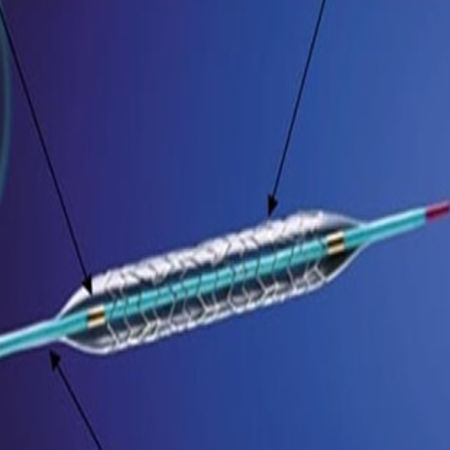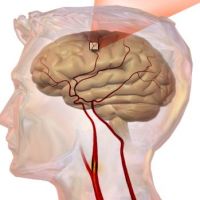Researchers at Johns Hopkins report that while the overall risk of stroke and death is low in patients who undergo carotid stenting, the practice of ballooning the vessel after the wire mesh is inserted can double the risk of death and stroke during or shortly after the procedure. The findings have been published in the Journal of Vascular Surgery.
"Ballooning after placing the stent appears to cause the very complication it's intended to prevent," says study senior author Mahmoud Malas, M.D., M.H.S., an associate professor of surgery at the Johns Hopkins University School of Medicine. "Surgeons should avoid doing it. Period."
The Centers for Disease Control and Prevention report that carotid stenosis is responsible for half of the 800,000 strokes that occur in the U.S. each year. Patients who are too sick to withstand traditional surgery are usually treated with stent placement to scrape off the fatty deposits and to flatten and stabilize the built up debris inside the clogged vessels. The procedure involves threading a catheter through the groin and up into the neck artery. Surgeons usually insert a tiny surgical balloon and inflate it to compress the fatty deposits, open up the vessel, and make room for the stent. Once its in place, the surgeons re-inflate the balloon to expand the wire mesh and firm the stent’s position against the artery wall.
However, this new research from Johns Hopkins suggests that re-inflating the balloon once the stent is in place fuels stroke risk. They analysed stroke and death risk in over 3700 patients between 19 to 89 years of age. Patients had carotid stenting between 2005 and 2014 and their outcomes were reported in the Vascular Quality Initiative, a national repository of vascular surgery outcomes. One group had pre-stent ballooning, one ground had post-stent ballooning only and the third group had ballooning both before and after stent placement.
The outcomes analysis showed that only 2.4 percent of patients had stroke within 30 days of treatment. Less than 1 percent of the patients died. Patients treated with combination pre and post-stent ballooning were twice as likely to suffer a stroke or die and patients who had post-stent ballooning alone also had an elevated risk, although the difference was not statistically significant. A previous study led by Malas has also shown that post-stent ballooning could cause another serious complication marked and can result in drop in blood pressure and breathing problems.
"The main goal of carotid stenting is not so much to restore blood flow as to contain and stabilise preexisting plaque," Malas says. "Our message is clear: Once inside the artery, leave the stent alone."
Source: Johns Hopkins Medicine
Image Credit: Wikimedia Commons/



























